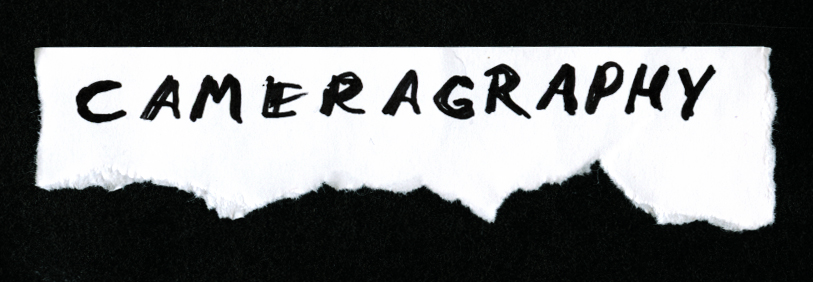

|
2001-2009: 35mm Before 2001, I photographed occassionally during holiday & travel with various compact cameras. In 2001, I decided to take up photography more serious. I wanted to make pictures in the style of past masters like Cas Oorthuys and thus naturally turned to film photography as my medium. My first camera during this period was an old, second-hand Pentax KM, bought for about 35€. I also acquired a modest arsenal of lenses to use with this camera. A few years later, a friend gave me an Olympus OM-1 with various lenses which had been left behind by her ex-boyfriend.I also bought an old Meopta Opemus II projector with which I made my first prints in a make-shift darkroom set up in an extra room in the unofficial student home where I lived. 2008-2024: Medium Format Because I did not succeed to attain the atmosphere of Cas Oorthuys in my 35mm pictures, I decided to go even further back in photography history and try my hand at medium format film. After brief experiments with Kodak Brownie Starlet and Zeiss Ikon Cocarette, and longer projects with the Zeiss Ikon Nettar and the redoubtable Pentax 6x7, I eventually settled on the Agfa Clack. A cheap, plastic Wirtschaftwunderkamera that I bought for 5 to 10 euros in thrift shops and on flea markets.In the following years, I explored the possibilities of this simple camera to such depth as I trust no other photographer ever did. When I discovered that I could mount the 67mm filters I had bought for the Pentax 6x7 by using a step-up ring, a whole range of options opened up. Now I could use color filters, close-up lenses, and various other attachment lenses. Later, I even found an attachment telelens which rendered a modest telephoto effect (I am still on the lookout for a decent attachment fish-eye lens). I also adapted Clacks to use as pin-hole cameras, to load with 35mm film, and to shoot 6x4,5 instead of 6x9 cm frames when film became too expensive. I colored the lens with simple felt tip pens for interesting color effects. In other words, the Clack became my signature camera, often eliciting spurious remarks of other photographers who could not understand why I wouldn't work with a 'serious camera'. Occassionally, I would work with other medium-format camera's, such as the specialized Cinélarger, the cute Druh Synchro, and the swinging Kodak Panoram No.1. I also worked with Polaroid film for a time, using a simple Polaroid EE55 camera, until my explorations in this direction were cruelly cut off when Fuji stopped operating the last industrial line of peel-apart film. From 2015, I sporadically started to shoot 8mm and Super8 film as well, on old Kopil, Quarz, and Yashica movie camera's. My old Meopta could not project medium-format negatives, but luckily a medical photographer at Dijkzicht Medical Center gifted me a Durst Laborator 1200. I worked with this whenever I had a suitable darkroom until 2020, when I bought an PRL-era Krokus Color 69s for a mere 100 złotych in Łódz. Apart from color printing, I also tried to learn some 'noble' printing techniques like gum printing and caseine printing during this period. But never succeeded in reproducing the course results at home. 2023- : Return to 35mm (And Smaller...) By now, I had long given up the hope and the wish to make photographs like Cas Oorthuys. Henceforth I would make pictures in my own style, whatever that was. Although the Agfa Clack will probably always remain one of my go-to camera's, the rise in film prices and the desire to travel light made me turn back to 35mm again from 2023 on. Earlier, I had already experimented with a DIY 35mm pinhole camera, the Lucifer I, and worked on a still unfinished project with disposable camera's. In 2023, I began to look for a more serious 35mm candidate when I started searching for a camera that could do something my Agfa Clack would never be able to - automatic film transport. After some disastrous experiences with the unreliable Lomo 135BC, I did a project with the charming Canon Dial 35 - also a clockwork-operated device, but much more reliable, and in addition a half-frame camera, thus cutting down further on film costs. I also experimented with even smaller film formats when I purchased a Viscawide-16 ST-D, a quaint subminiature swing-lens panorama camera that must be fed with 16mm film. |